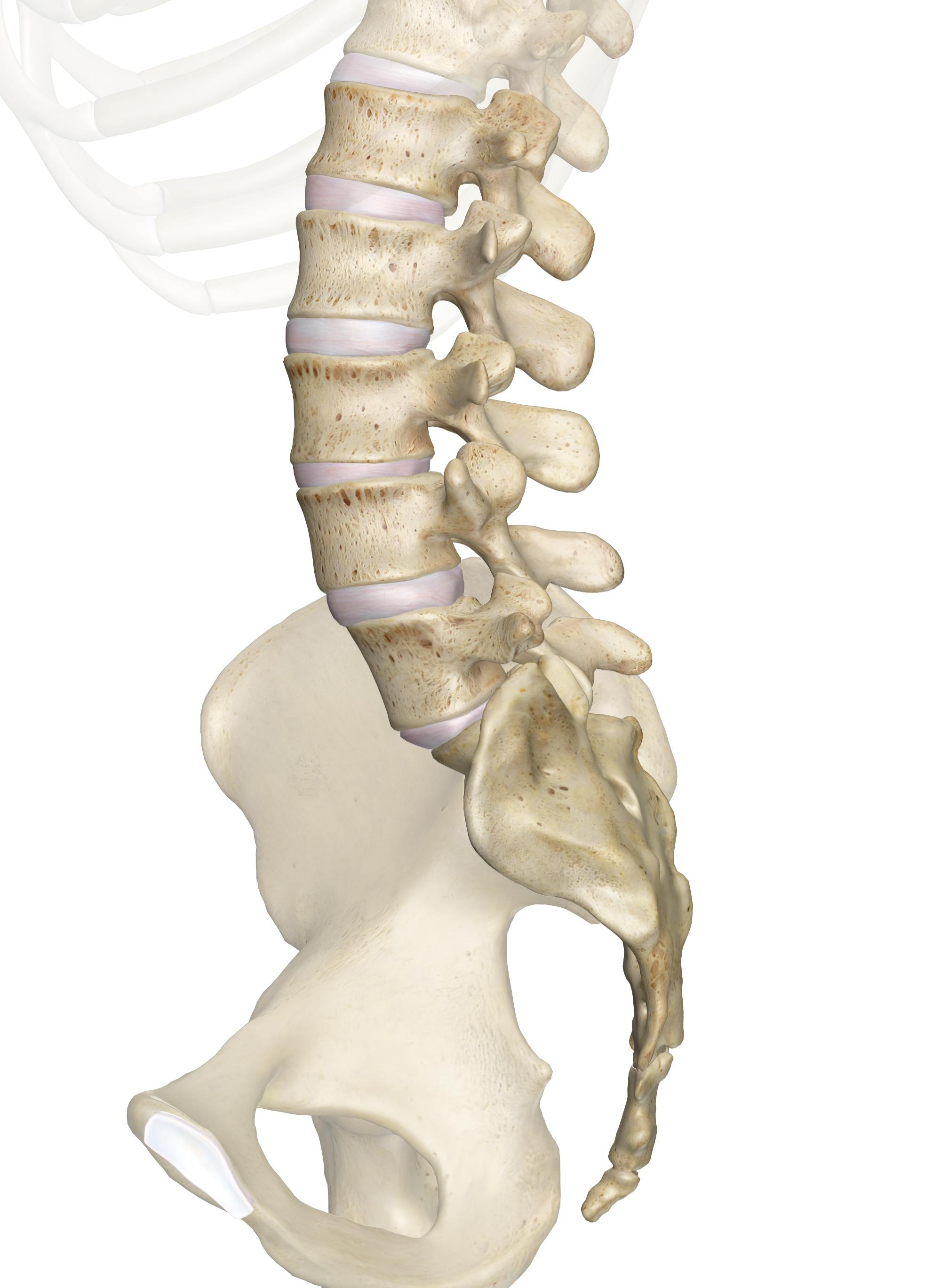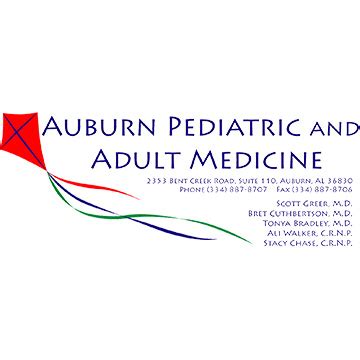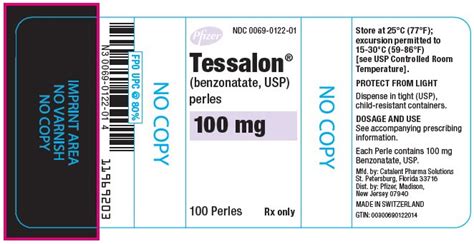The lumbar region of the spine, comprising the lower back, is a complex structure that supports the body’s weight and facilitates a wide range of motions. However, it is also prone to various forms of degeneration and injury, leading to conditions such as lumbar spondylosis. This guide will delve into the symptoms, diagnosis, treatment options, and the role of surgery in managing lumbar spondylosis, providing a comprehensive overview for individuals seeking to understand and address this condition.
Introduction to Lumbar Spondylosis
Lumbar spondylosis refers to the degenerative changes that occur in the lumbar spine, affecting the discs, facet joints, and other structural elements. These changes can lead to symptoms such as pain, stiffness, and limited mobility. The condition is often associated with aging, but factors like genetics, lifestyle, and previous injuries can also play a significant role.
Symptoms of Lumbar Spondylosis
The symptoms of lumbar spondylosis can vary widely among individuals, depending on the severity of the degeneration and the specific structures affected. Common symptoms include:
- Lower Back Pain: This is the most common symptom, ranging from mild to severe. The pain can be constant or intermittent and may worsen with activity.
- Stiffness: Morning stiffness in the lower back is a frequent complaint, which may improve with movement.
- Radiating Pain: Pain can radiate down into the buttocks or legs due to nerve compression or irritation.
- Limited Mobility: Reduced flexibility and range of motion in the lower back.
- Muscle Spasms: Sudden, severe contractions of the muscles in the lower back.
Diagnosis of Lumbar Spondylosis
Diagnosing lumbar spondylosis involves a combination of medical history, physical examination, and imaging studies. The process typically includes:
- Medical History: Discussing symptoms, medical history, and lifestyle factors.
- Physical Examination: Evaluating range of motion, muscle strength, and reflexes, as well as looking for signs of nerve compression.
- Imaging Studies: X-rays, CT scans, and MRI scans are used to visualize the lumbar spine and detect degenerative changes.
Treatment Options for Lumbar Spondylosis
The treatment of lumbar spondylosis is multifaceted, aiming to relieve symptoms, improve function, and enhance quality of life. Conservative treatments are usually the first line of approach and may include:
- Physical Therapy: To improve mobility, strength, and posture.
- Pain Management: Using medications, heat, cold, or other modalities to control pain.
- Lifestyle Modifications: Encouraging weight loss, regular exercise, and smoking cessation.
Surgical Options for Lumbar Spondylosis
Surgery is considered when conservative treatments have not provided adequate relief, or in cases where there is significant nerve compression or spinal instability. Surgical options may include:
- Spinal Decompression: Removing portions of the vertebrae or discs that are compressing nerves.
- Spinal Fusion: Fusing two or more vertebrae together to stabilize the segment and prevent further degeneration.
- Artificial Disc Replacement: Replacing a damaged disc with an artificial one to maintain mobility and reduce stress on adjacent levels.
Conclusion
Lumbar spondylosis is a common condition that can significantly impact an individual’s quality of life. Understanding the symptoms, diagnosis process, and treatment options, including the potential role of surgery, is crucial for making informed decisions about care. By adopting a comprehensive approach that addresses lifestyle, conservative treatments, and, when necessary, surgical interventions, individuals can effectively manage lumbar spondylosis and work towards regaining their health and mobility.
What are the primary causes of lumbar spondylosis?
+Lumbar spondylosis is primarily caused by degenerative changes associated with aging, but factors such as genetics, previous injuries, and lifestyle choices can also contribute to its development.
How is lumbar spondylosis diagnosed?
+Diagnosis involves a combination of medical history, physical examination, and imaging studies like X-rays, CT scans, and MRI scans to visualize the lumbar spine and detect degenerative changes.
What are the surgical options for treating lumbar spondylosis?
+Surgical options include spinal decompression to relieve nerve compression, spinal fusion to stabilize the spine, and artificial disc replacement to maintain mobility and reduce stress on adjacent segments.
By considering these aspects of lumbar spondylosis, individuals can navigate their treatment journey with a clearer understanding of what to expect and how to make informed decisions about their care. Whether through conservative management or surgical intervention, the goal remains to alleviate symptoms, restore function, and improve the quality of life for those affected by this condition.



